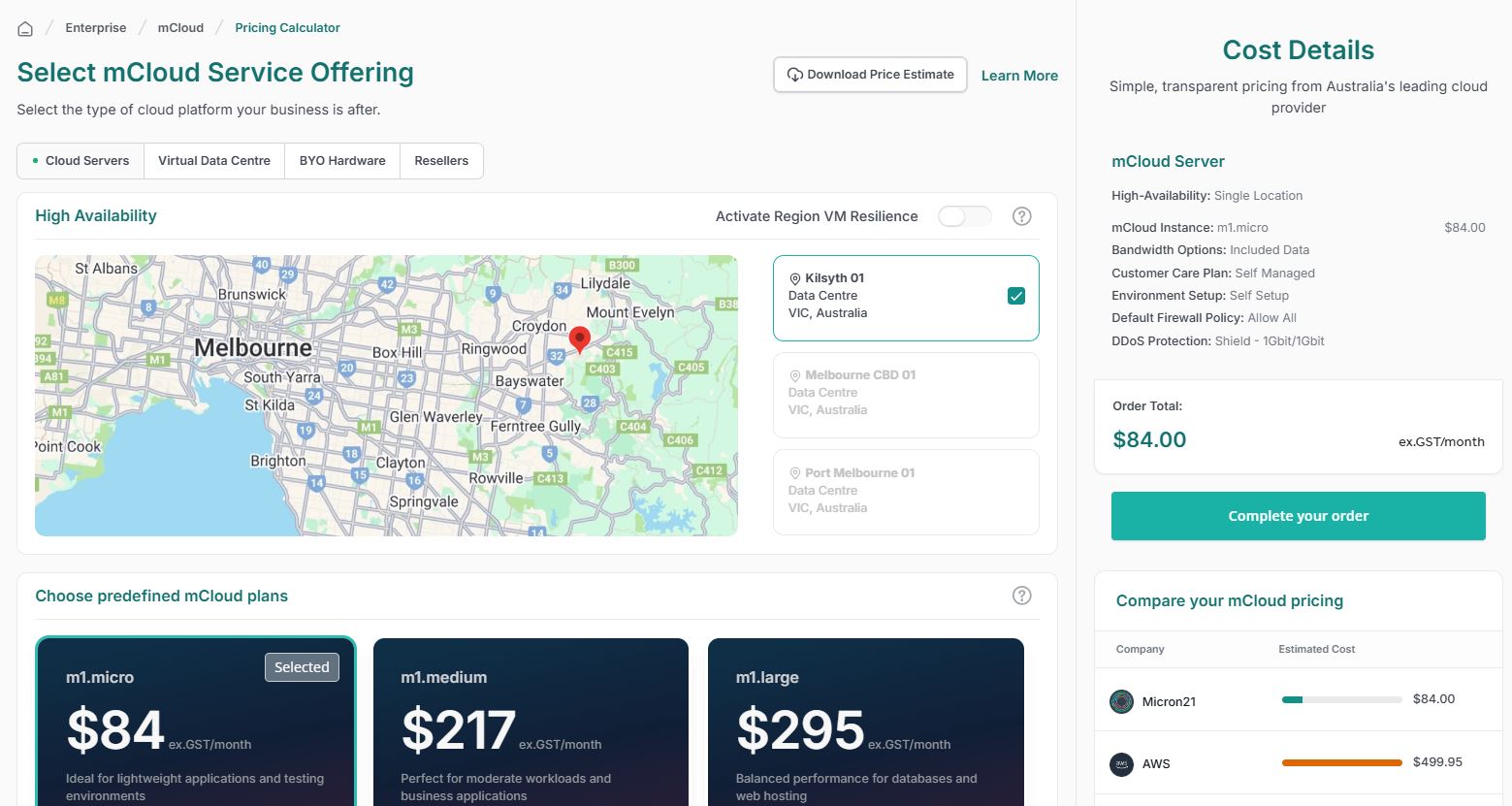CRUSH Maps: Powering
Micron21’s mCloud Storage
Learn how CRUSH maps ensure scalability, reliability, and performance for Ceph storage on mCloud.
Introduction
Ceph is a unified, distributed storage system that supports object, block, and file storage with excellent scalability, performance, and reliability. Ceph provides a flexible foundation for all data storage, uniting object, block and file types in a single unified RADOS cluster.
With Ceph you are able to achieve platform and hardware independence with seamless access to object storage; access to block device images through Ceph’s thinly provisioned RADOS Block Device (RBD); or use of Ceph's traditional file system interface (CephFS).
Through global collaboration, sourcing exclusive expertise and rapid development, the Ceph community ensures Ceph is and continues to be industry leading.
Data Distribution
CRUSH (Controlled Replication Under Scalable Hashing) is the core algorithm Ceph uses to intelligently and dynamically distribute data across the storage cluster without relying on centralized lookup tables.
It enables efficient data placement, replication, and fault isolation by using a CRUSH map that defines failure domains such as racks, nodes, or data centres.
At Micron21, customized CRUSH maps ensure optimal data distribution across geographically redundant sites, enhancing availability, performance, and disaster resilience for mCloud clients.
A CRUSH map is a hierarchical and rule-based representation of the cluster’s topology and storage policies.
It guides the CRUSH algorithm in determining where data should reside within the Ceph cluster.
These are the actual storage drives (HDDs, SSDs, NVMe) where data is stored.
Logical groupings of devices or other buckets. Buckets can represent: OSDs, Hosts, Racks, Rows, Pods, Rooms or Data Centers.
Individual storage devices managed by Ceph.
Physical servers containing OSDs.
Groupings of hosts.
Higher-level groupings representing the physical layout.
The CRUSH map defines a hierarchical structure of buckets that reflects the physical or logical organization of the cluster.
Rules dictate how data is replicated and distributed across the cluster based on the defined hierarchy.
Experience the power of mCloud with enterprise-grade performance, security, and scalability.
Conclusion
CRUSH maps are a core component of Ceph and a foundational element of Micron21’s mCloud storage platform, enabling intelligent data placement, replication, and recovery.
This ensures our clients experience high performance through optimized data access, exceptional reliability with fault tolerance and self-healing, and seamless scalability as their storage needs grow.
At Micron21, we fully harness the power of CRUSH to deliver enterprise-grade storage solutions tailored for mission-critical workloads. Our commitment to advanced infrastructure empowers clients with resilient, future-ready cloud storage.
Customize your cloud and compare costs instantly against AWS, Google Cloud, and Microsoft Azure. Get more for less with enterprise-grade performance.
